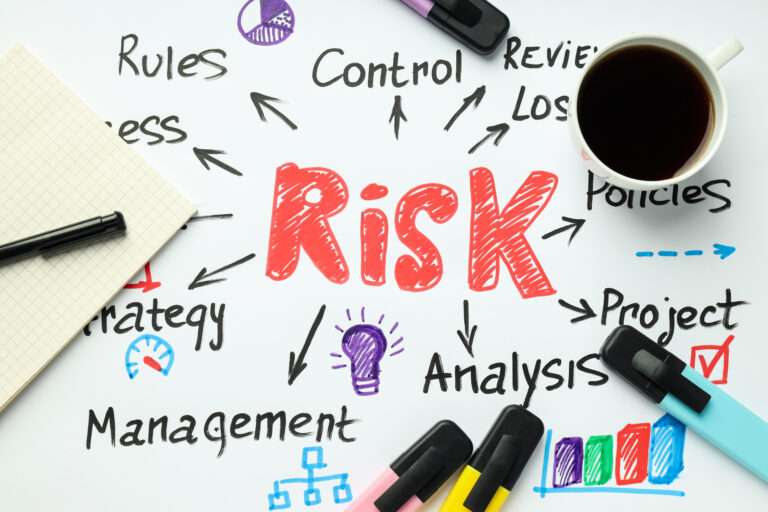
Why SPARX? As an Enterprise Architecture (EA) consultant, I am going into organizations with established
In an Insights article, How to Balance Enterprise Architecture Management with Delivery, we discussed two inherent challenges in implementing and sustaining an EA practice within an organization. The first is the lack of sufficient executive support for the Enterprise Architecture (EA) function. The second is the lack of time and capacity the EA team needs for the administrative or management activities to be effective.
The impact of leadership support on the success or failure of an EA practice is widely discussed. But neither an Enterprise Architecture team nor its leader, have little direct influence over the support provided by executives. When all efforts to socialize and gain buy-in are unsuccessful, a fledgling EA team is left with the contradictory priorities of delivering EA work and optimizing management of the practice itself. Inevitably, the team cycles through these activities of socializing, delivery, and practice management, trying to address stakeholder concerns and gain traction somewhere.
Having seen this scenario play out across different organizations, we wondered what levers an EA team could pull to break the deadlock. Specifically, what does a Director or Vice President of Architecture generally have within their area of authority that would not require approval or enforcement from higher up the chain. This article is a discussion of one potential approach.
What might the creation of a single role or function do to affect these inherent challenges in building and maintaining an EA practice?
Project Management Offices mitigate this issue by having dedicated project governance or project development teams responsible for ensuring the effectiveness of project teams in execution. In an Agile practice, larger SCRUM teams have a SCRUM Master. While everyone within the team is self-organizing and delivering on the Agile Practice artifacts (software products), it is the SCRUM Master who ensures that all processes are being followed and that incremental delivery of the product is occurring. We have even noticed that within some SCRUM teams, there is also a dedicated SCRUM tutor! Their sole responsibility is to be the Agile evangelist within the team and ensure that all practices, processes, and activities are Agile in nature.
Enter the Enterprise Architecture Process SME. This role would not be filled by an Enterprise Architect as it is intended to enable the practice EA rather than fulfill it. The following activities generally lie with Enterprise Architects but do not require an architect to perform:
The individual filling this role would need to be well-versed in the EA Framework or operating model used in the organization, which includes the particular Business Services delivered to the organization and the specific needs of Stakeholders. They should report directly to the Director or Vice President of Architecture and coordinate with Enterprise Architects, focusing broadly on processes rather than on individual projects.
After seeing the partial list of non-EA-specific activities laid out above, I hope you have a more refined perspective on the “EA work” that fills an enterprise architect’s time. Based on just this non-comprehensive list, I anticipate this Process SME to provide a direct impact on the success of EA in four areas:
Previously we highlighted two inherent challenges in implementing an EA practice:
The EA Process SME would fully and directly address the second challenge, and indirectly mitigate the first by providing tangible evidence to the Director or VP in support of EA value and cultivating a consistently positive stakeholder perception of EA.
Based on this perspective, the absence of the EA Process SME or equivalent is the Achilles’ Heel of Enterprise Architecture. Enterprise Architects are simply stretched too thin to build, manage, update, monitor and deliver their practice. In a noble effort to allow their EAs to do the actual work, the Director or VP often tries to shoulder this burden thinking it’s a “one-and-done” activity, and instead finds themself embroiled in day-to-day operations instead of looking at the strategic picture. This results in the entire team struggling to keep their heads above the water while stakeholders and leadership see only an uncoordinated effort to influence decision-making and attempt to slow down product delivery as a return on their investment.
We have yet to see an organization separate the practice administrative effort from the actual Enterprise Architecture work and are eager to see how effective it is in practice. However, this is just one of the many potential solutions.
We would be delighted to hear about your experience tackling this issue and suggestions for alternate approaches. What are your thoughts? Could this approach or a similar one be viable and have a significant impact on the success of EA? What other approaches have you used and what made them successful?
Want to learn more about our ideas and thought leadership, please read the following. If there are any areas of interest from your organization, please feel free to reach out to us.

Why SPARX? As an Enterprise Architecture (EA) consultant, I am going into organizations with established

Bangladesh and digital banking Bangladesh is rapidly embracing digital banking, with more and more people

In an era defined by constant change and uncertainty, businesses in Bangladesh are facing an

Creating an architecture review board (ARB) software involves developing a tool that supports the review,
©2024 Sysonex. All Rights Reserved

Your form has been successfully submitted. Go to the next step to get a free Sysrisk user license.